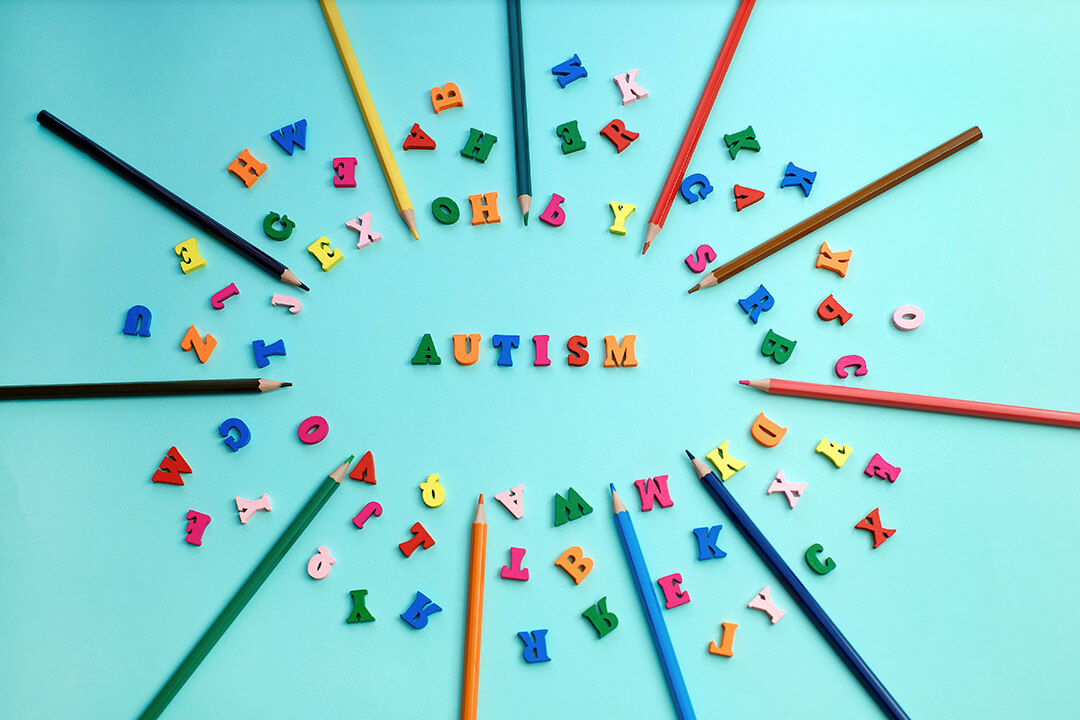Hopebridge Covers Asperger’s Disorder and how it is Connected to the ASD Diagnosis
When searching for answers for your child, one question that might arise is, “does Asperger’s Disorder still exist?” The short answer is both “yes” and “no.”
Now for the longer answer. Asperger’s Disorder (also known as Asperger syndrome and Asperger’s) is a formerly used diagnosis along the autism spectrum, which is why you may know pre-teens, teens or adults who identify themselves with the profile. It fell under the umbrella of pervasive developmental disorders (PDD), along with four other diagnostic labels. Three of the PDD classifications, including Asperger’s, autistic disorder and PDD-NOS (not otherwise specified), were also commonly associated as being part of the spectrum.
As of 2013, when the fifth edition of the American Psychiatric Association’s Diagnostic and Statistical Manual of Mental Disorders (DSM-5) was published, the classification was modified and the same criteria for Asperger’s, along with several other PDD diagnoses, were consolidated within autism spectrum disorder (ASD).
Even though it is no longer officially recognized as its own separate disorder, the symptoms are still very real and many of those who had been diagnosed with Asperger’s still associate themselves with it.
That brings us to the next question: “What is Asperger’s Disorder and how is it different from autism?”
We turned to our Hopebridge diagnostic and therapeutic experts to break down the variances and provide more background information on Asperger’s.
What are the Similarities?
- Whether they have Asperger’s or another form of autism, no two children experience it in the same way.
With all forms of ASD, no matter when or how it was classified, each individual will have his or her own unique set of characteristics, behaviors, strengths and challenges, even though the signs can appear to be similar.
- Signs and symptoms can overlap between the two disorders.
The differences between Asperger’s and autism are not always obvious, which is partially why they are now classified under the same diagnosis. Sensory sensitivities, challenges with communication and social interactions, difficulties regulating emotion, issues with change, restricted interests, repetitive behaviors can all affect individuals anywhere on the spectrum, including those with Asperger’s.
- Those diagnosed with either label can benefit from intervention.
Independence and academics may come a little easier for someone known to have Asperger’s, however intervention can still benefit him or her from communication, social and behavioral perspectives. A child who falls anywhere on the spectrum is more likely to succeed in school and at home if he or she receives a formal diagnosis, followed by applied behavior analysis (ABA therapy) and other complementary therapies. Autism services like Hopebridge’s center-based therapy can still help individuals with Asperger’s and higher-functioning autism overcome challenges, such as building social skills or reducing maladaptive behaviors.

Early identification is the first step toward interventions that lead to a more successful and independent life
How Do They Vary?
- Individuals with Asperger’s Disorder do not typically exhibit language delays.
This is one of the major distinctions between the two disorders. Unlike classic autism, it is common for those with Asperger’s to have strong speech skills and an absence of language delays, although they do exhibit other communication challenges. For example, a child may be able to easily answer questions, but have a difficult time carrying on a conversation and understanding the social rules and expectations of conversations. He or she may not use eye contact, nor understand facial expressions, etc. Rather than carry on a two-way conversation, the child may simply answer the question and move on without caring about the response from the other person. Others may view these individuals as socially awkward and they could have unusual tone and voice intonation, however they usually welcome conversation and could have very advanced vocabularies.
- Symptoms often appear less severe in individuals who identify with Asperger’s.
Within the current criteria of ASD in the DSM-5, there is a range of severity levels in order to better describe the spectrum of behaviors, strengths and challenges. Those who may have previously been diagnosed with Asperger’s or high-functioning autism would now likely have a Severity Level-1 within the current manual. To many unfamiliar with the diagnosis, someone with Asperger’s may seem like a neurotypical child who struggles with social skills and awkward behaviors. The symptoms often go unnoticed or get brushed aside as just “being different.”
- Those with Asperger’s Disorder do not have cognitive impairments.
As with those currently characterized as having high-functioning autism, individuals who had been diagnosed with Asperger’s are typically of average to above-average intelligence, which is not always the case with other severity levels. By definition, an individual with Asperger’s Disorder does not have a “clinically significant” cognitive delay. They may have excellent memories, but still battle with more abstract concepts. Children diagnosed with ASD are more likely to receive early intervention than those with Asperger’s. In year’s past, many individuals with Asperger’s were misdiagnosed or were not diagnosed until later in life. Because they did not experience language delays and had average intelligence, the symptoms may have been more difficult to detect until recent years since the awareness has broadened. Since ASD is now diagnosed at a younger age than Asperger’s was previously, it affords families more opportunity to take advantage of early intervention. The average age of diagnosis for Asperger’s Disorder was already school age, which meant they missed the window for “early intervention.” Many of these kids were not identified as having the disorder until they were in school when the social deficits became more obvious.
Evolution of Asperger’s Disorder
- 1940s: Austrian pediatrician Hans Asperger observed children with average intelligence and language development who exhibited behaviors and social challenges similar to those experienced by children with autism. (Discussion of Hans Asperger has sparked controversy in recent years, due to evidence of his unsettling actions during this era.)
- 1981: “Asperger’s Disorder” was first coined by British psychiatrist Lorna Wing, who published a series of case studies similar to Hans Asperger’s.
- 1994: The DSM-IV added Asperger’s Disorder as its own diagnosis.
- 2013: Asperger’s Disorder, autism disorder and other related disorders were replaced with one overarching diagnosis, autism spectrum disorder.
What to do if You Observe Signs of Autism or Asperger’s in Your Child
Whether your child is seems to be on the higher- or lower-functioning end of the autism spectrum or may just have another developmental delay, early identification is the first step toward interventions that lead to a more successful and independent life.
If anything listed here or our developmental checklist causes any concern, reach out to us for an evaluation as soon as possible. The clinical psychologists at Hopebridge are highly trained and familiar with the current DSM-5 and diagnostic assessments in order to evaluate your child with confidence.

